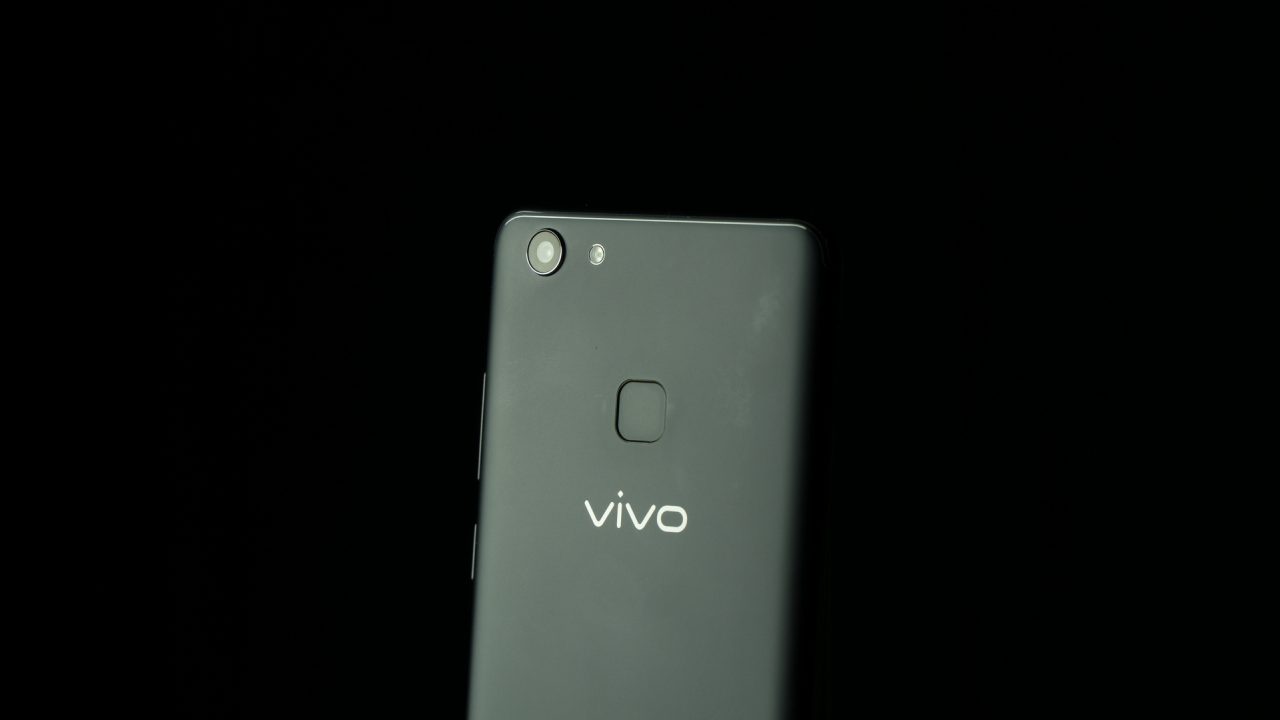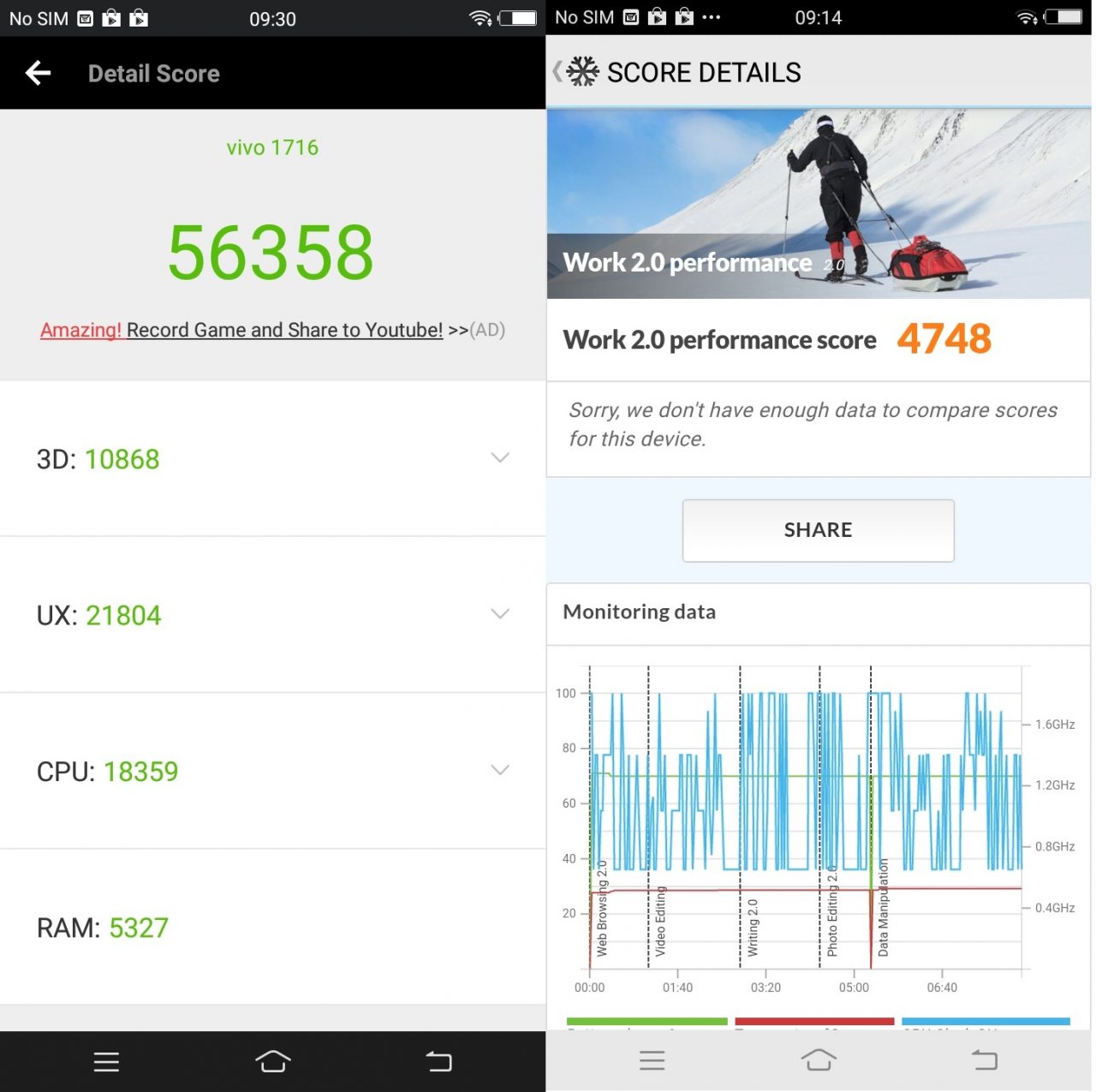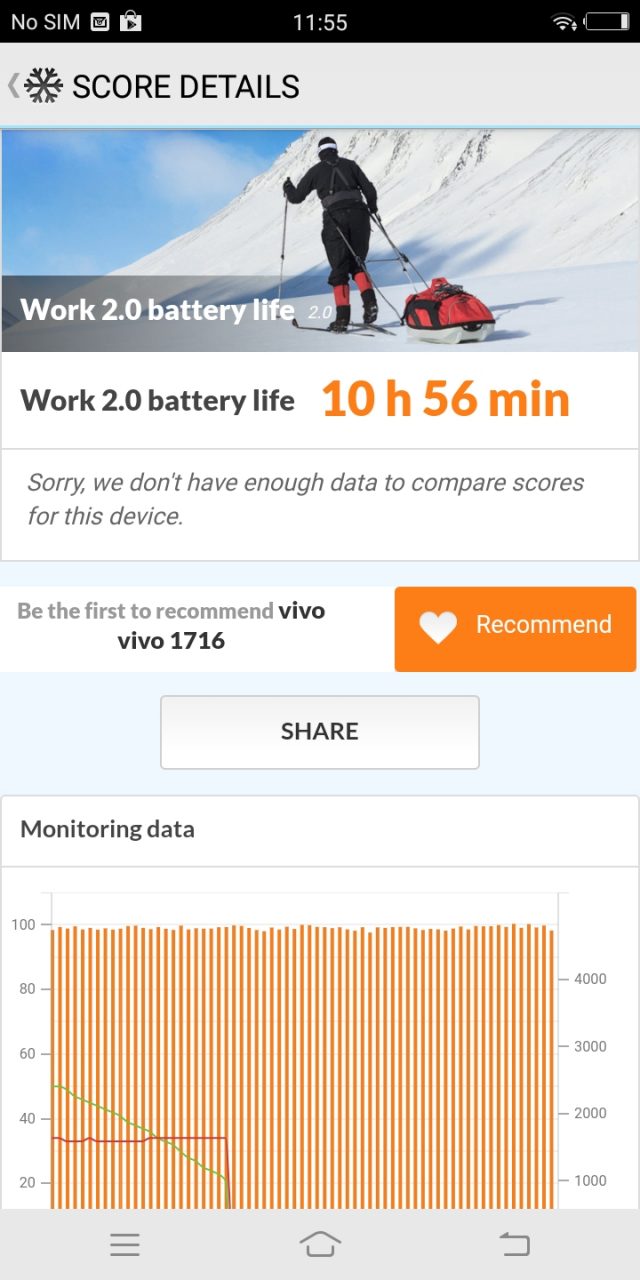
The dawn of the 18:9 displays is here. Vivo has jumped on the FullView bandwagon with the Vivo V7+. Their newest mid-range darling comes with a 5.99-inch display with a resolution of 1440 x 720, a Qualcomm Snapdragon 450 inside, a 24MP front-facing camera, and a 16MP shooter at the back. Let’s find out how it will perform.
Vivo V7+

| Chipset | Qualcomm Snapdragon 450 |
| Screen | 5.99-inch IPS, 1440 x 720, 18:9, Corning Gorilla Glass 4 |
| RAM | 4GB |
| OS | Android 7.1.2 with FunTouch OS 3.2 |
| Rear Camera | 16MP, f/2.0, PDAF, LED Flash |
| Front Camera | 24MP, f/2.0 |
| Storage | 64GB expandable up to 256GB via microSD slot |
| Connectivity | Triple slot, Dual-SIM, 4G LTE, Bluetooth 4.2, WiFi 802.11 b/g/n, microUSB, GPS, A-GPS, GLONASS |
| Battery | 3225mAh |
| Others | Fingerprint Scanner, FaceID, AK4376A Hi-Fi Audio Chip, |
| Weight | 160g |
| Colors | Champagne Gold, Matte Black |
| Price | PhP 17,990 |
Unboxing

The Vivo V7+ comes with all the accessories that you would expect from the brand. Inside are: a microUSB cable, a wall plug, a SIM card ejector, a silicone case, a pair of earphones with in-line controls, and a screen protector already mounted on the screen. We don’t really have much to say about the packaging but we would have liked a pair of IEMs instead of the usual earphones at this price point.
Design and Features

The Vivo V7+ evokes the same theme as other Vivo smartphones: beautifully minimalistic. It’s near bezelless display adds to the overall aesthetics of the V7+.
As we’ve mentioned, the handset’s display is a 5.99-inch IPS with an aspect ratio of 18:9 and a resolution of 1440 x 720. The display is a marvel from a design standpoint. Its near bezelless design and tall aspect ratio gives off a premium feel. From a technical standpoint, however, the low pixel count of the screen detracts from the experience. This is especially disappointing since the display has a large screen real estate and good viewing angles. It would have been better if Vivo upped the pixel count to 2160 x 1080 like the Huawei Nova 2i.

Up top is the 24MP f/2.0 front-facing camera of the handset as well as its light sensor and LED flash.

To maximize the screen, Vivo has integrated the navigation keys of the V7+ to the display. At the bottom of the smartphone are the microUSB port, speaker grilles, a microphone, and a 3.5mm audio jack.

At the right-hand side of the V7+ are the volume rocker and the power button. Their bumps are well-defined for easier identification of the buttons without deterring from the sleek lines of the design.

The V7+’s triple slot tray can be ejected from the left-hand side. Vivo is nice enough to include slots for two nano-SIM cards with a dedicated slot for a microSD slot if in any case you fill up the 64GB internal storage.

The handset’s rear is completely matte. It feels like well-built plastic but it is a bit prone to fingerprints. Fingerprints, however, isn’t much of a problem if you install the included silicone case. Vivo has also placed the fingerprint sensor at the rear.

The rear houses the 16MP f/2.0 primary camera together with its LED flash. The camera bump is small enough that its size wouldn’t be much of an issue with normal use.
Overall, the Vivo V7+ is a solidly built mid-range smartphone from the Chinese company. Although the display does have a low pixel count, the total build quality of the handset eclipses its disadvantages.
User Interface
The Vivo V7+ comes with Android 7.1.2 Nougat with the brand’s latest iteration of FunTouch OS at the time of this article (3.2). The company hasn’t shied away from emulating a certain California-based fruit company from the design of their OS. Much like with their other smartphones, the FunTouch OS 3.2 screams iOS. From the settings menu, drop down notifications, and control panel (which can be accessed by swiping up), everything has been laid out as if you’re using an iPhone.
Vivo has also thrown in a couple of smart features with the V7+ such as:
The most important software feature of the V7+ is its FaceID. Much like with the iPhone X, the V7+ can be unlocked by scanning the face of its user. It does work quite well most of the times. It, however, does have problems detecting a face in darkness. It’s a neat feature when it works, but it still can’t compare to the ease of use of a fingerprint scanner.
Entertainment

The 18:9 display is a dream to use when it comes to movies. Black bars at the top and bottom are less noticeable and it gives you a better experience when watching. The V7+ also allows you to either fit or crop the entire video on the display. Colors are a bit muted and the low pixel density is a bit of a drawback. Brightness, however, is good. Making the V7+ completely usable even under intense sunlight.
Audio processed by the AK4376A audio chip comes out well via the bottom-firing speakers. The speakers themselves are pretty decent with good vocal reproduction although the sound stage is a bit tight although we insist that you back off from the max volume since it has a tendency to mush together the sound.
Camera
Vivo offers most features that a user would want from a camera on a smartphone. Standard features such as Auto, Beautification, HDR, Time Lapse, UltraHD, Slow, and Panorama are included with the V7+. Manual controls with the V7+ are pretty precise with options such as ISO, shutter speed, white balance, and manual focus are thrown into the mix if you want to fully control your shot.
The 16MP f/2.0 rear camera does a decent job of taking photos. Details aren’t lost in translation, colors are natural, although it does have problems when it comes to low-light. You might need to use the LED flash at the back to get a decent shot in dimly lit conditions.


Much like the rear camera, the 24MP f/2.0 takes decent selfies and groufies in well-lit conditions. Faces are detailed although we advise you to back off the beautification since it is a bit aggressive even on the lower settings.
Performance and Benchmarks
Processing is handled by an 8-core Qualcomm Snapdragon 450 SoC. Despite the number of cores, the Snapdragon 450 only has a clock speed of 1.8GHz. This SoC is geared more for sub-15K smartphones. We would have liked it if Vivo has decked the V7+ with a Snapdragon 625 or 630 for better overall performance.

Despite its caveat, the V7+ performs decently under most conditions. Heavy workloads such as gaming does bring a bit of lag to the device although we won’t say that it’s horrible enough to detract from the overall smooth performance of the handset.
For benchmarks, the Qualcomm Snapdragon 450 SoC inside was able to reach a score of 56358 in AnTuTu and 4748 in PCMark’s Work 2.0 benchmark.
Connectivity
Due to its triple slot design, we were able to use two SIM cards with the V7+ together with a dedicated microSD slot for all of our FLAC. Call quality is good. WiFi and Bluetooth performance of the device is fast. Nothing out of the ordinary here.
Battery Life
Despite its thin profile, the V7+ actually has a sizeable 3225mAh battery inside. The V7+’s endurance is surprisingly impressive with more than a day of light to medium usage. Although charging is a bit of a wait with just over 2 hours of charging time to fully charge the battery.

As far as battery benchmarks go, the V7+ was able to last almost 11 hours with the PCMark 2.0 battery life benchmark.
Conclusion
Taken onto itself, the V7+ is a good smartphone from Vivo. Its 18:9 display and sleek design gives it a premium feel while all of its software additions such as FaceID and other smart features adds to the whole package. Meanwhile hardware improvements such as its AK4376A Hi-Fi audio chip, triple slot configuration, and long battery life makes the Vivo V7+ a complete package.

The V7+, however, does have some glaring issues such as the low pixel density screen and relatively underpowered specifications. And here is where the V7+’s problems begin. At such a high price tag, the V7+ is vulnerable to the Huawei Nova 2i, OPPO F5, and the Moto G5s, which all have a lower price tag while the first two both have 18:9 displays at 2160 x 1080.
Despite its deadly competition, the Vivo V7+ still stands on itself. If you’re a person that likes consuming media such as audio and video, then the V7+ would make a great companion while your on-the-go. Just don’t get too close to the screen.
